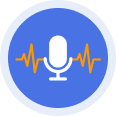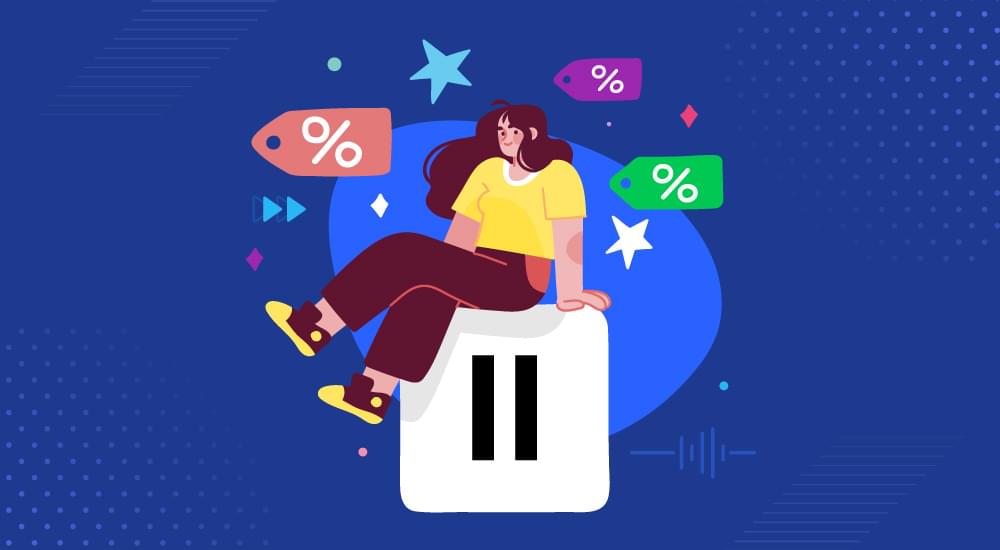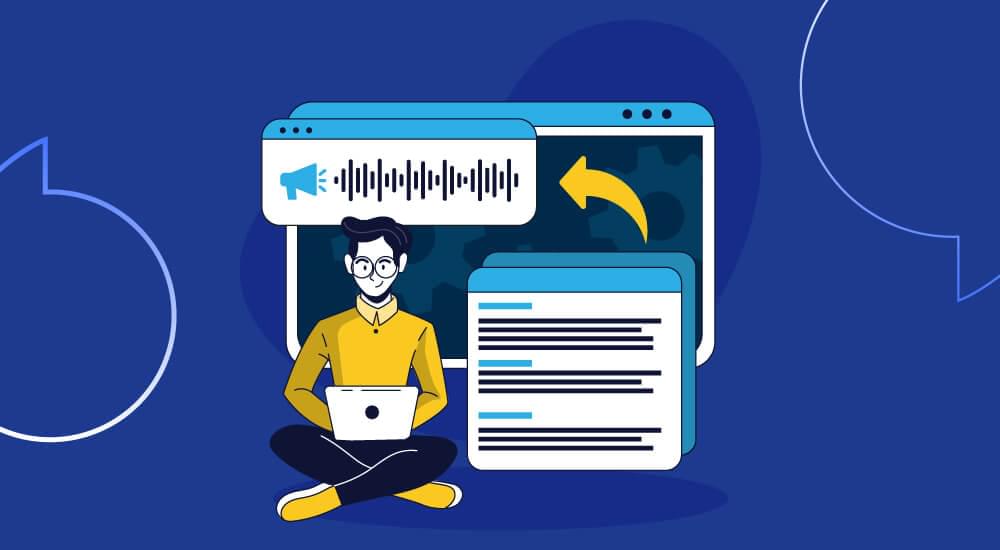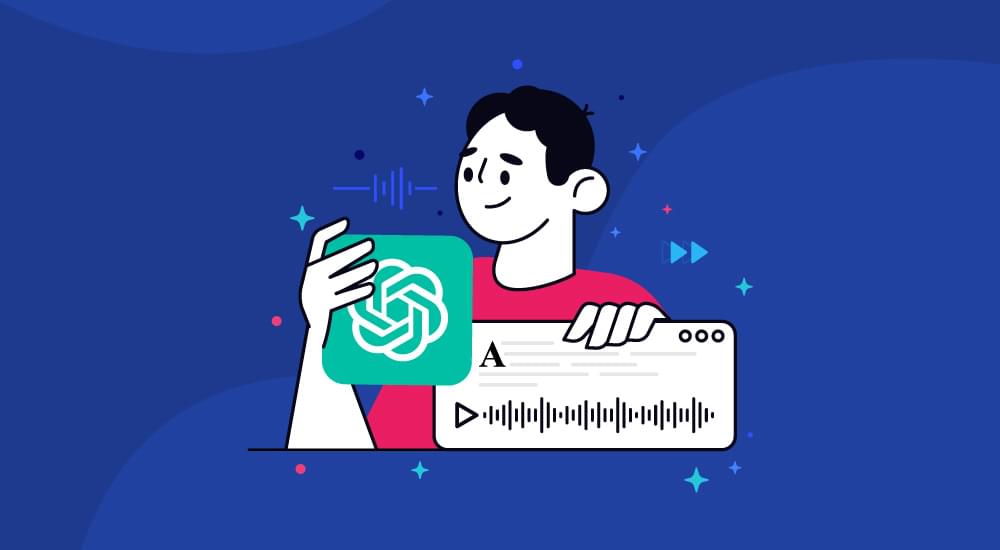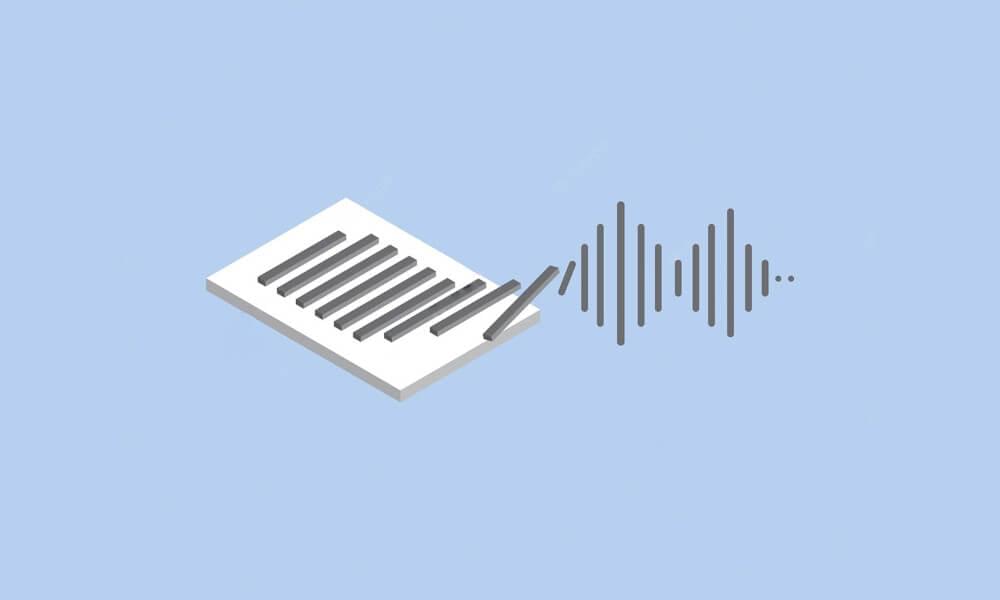voice technology tutorials
How to Use an Audio Reader While Studying?
We all know that studying can be a bit of a drag, but using an audio reader can make it more engaging and efficient. You sit down at your desk, open your books, and start reading—only to find that your mind wanders after just a few minutes. Suddenly, you’re thinking about what you will make for dinner or what you will do this weekend.
If this sounds familiar, you’re not alone. It’s normal for our minds to wander when trying to focus on something boring. But there is a way to fight back against this mental laziness: using audio while you study.
Yep, that’s right—by listening to audio recordings of your textbook or lecture notes, you can actually focus better and retain more information. Now you must be wondering how can audio recordings or audio tools help readers with time management?
Here’s how it works: When you listen to audio, your mind actively tries to process the information. It means you can’t just zone out, as you can when reading silently. You have to pay attention to understand what’s being said.
Additionally,, use audio readers while studying helps you to understand the material better. It forces you to pay closer attention and think about what you’re hearing. You can skim over words or entire sentences without considering their meaning when you read. But you can’t fast-forward or rewind when you listen—you must take in the information.
Finally, listening to audio is a great way to multitask. You can listen and effectively use audio readers while doing other things like cooking, cleaning, or even working out. It means you can get through your material more quickly and still have time for other things.
How to Use an Audio Reader for Better Studies?
If you’re convinced that using audio could help you improve your studying habits, the next step is finding the right resources. Here are a few places to start:
1. Your school’s library
Many schools have started offering audio versions of textbooks and other course materials. Ask your librarian if your school has anything that you can check out. The widespread fame of online learning has pushed up the usage of Learning Management Systems (LMS) that hosts audiovisual content and works as a complete learning pathway for all your courses.
Moreover, the instructors must design courses in a way that is accessible to everyone, including people with visual and hearing disabilities and those who have difficulty understanding and learning a foreign language. Some people have difficulty speaking due to a condition called dysarthria. Others may not be able to talk at all due to conditions like mutism or aphasia.
One of the most common uses of text-to-speech in studies is to assist people with communication difficulties. By converting text to speech, they can still communicate their thoughts and ideas, even if they can’t speak them out loud.
The use of audio while studying helps students hear the entire course material on the go. Meanwhile, the students who find difficulty in reading have a great edge to learn, understand, and pronounce the words better by just listening.

2. Audio Learning Platforms
Since everything is sent online—accessibility of the information is equally important. Therefore, simple digital websites are being turned into audiovisual platforms—helping people consume information at their ease.
Several digital learning platforms sell audiobooks and other audio content. You can buy individual audiobooks or sign up for a monthly subscription plan. They can be used to listen to lectures, read books, and even take notes. Audio learning platforms are a great source for language learners. Listening to native speakers can pick up on intonation and pronunciation. This can be a great way to improve their language skills.
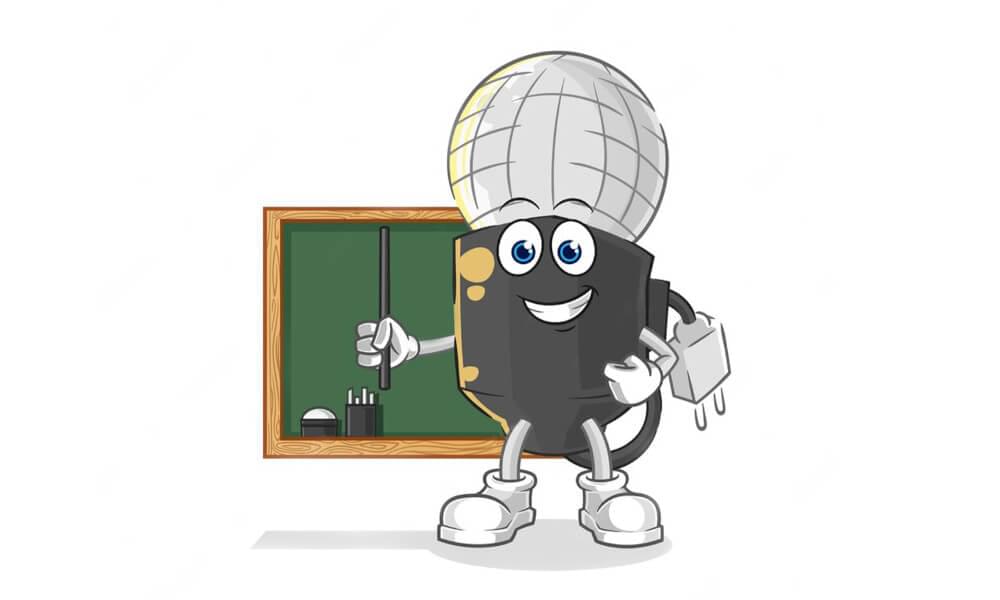
3. Text-to-speech / Audio reading tools
Text-to-speech in studies has come a long way in recent years. There are now many high-quality text-to-speech tools available, each with unique features that help in audio reading effectively and efficiently
- Ease of use: A good text-to-speech tool should be easy to use. It should have a simple interface that anyone can understand, helping students with better learning. Make sure the chosen tool for text-to-speech to enhance learning should be easy to go with.
- Natural sounding voices: The tool to text-to-speech in studies should has a good synthetic voice sounds natural and human alike—is a must. The importance of a human-like voice instead of a computer would bore down the students and may not help them with good concentration for better learning. A good text-to-speech tool offers customization to adjust the sound quality, pitch, and tone, besides giving you several options to choose your favorite voice and accent in both genders’ voices.
- Flexibility: Flexibility is the need not be a luxury anymore. Text-to-speech in studies should be able to convert text to speech into various languages and dialects. It should also be able to handle a variety of different file formats.
- Affordable: The people in business love audio technology because it’s cheap. A good text-to-speech tool should be affordable with a bucket full of amazing features and endless customization.
- Reliable: Authenticity and reliability are the best combos that works for a good text-to-speech in studies.
4. iTunes
iTunes is a section of the iTunes store that offers free educational content from universities and other institutions. You can find lectures, language lessons, and more.
7 Ways To Use Audio Reader While Studying
Most students are familiar with using text-to-speech in studies for lectures. But what other uses does text-to-speech in studies have? Here are seven ways you can use audio while studying:
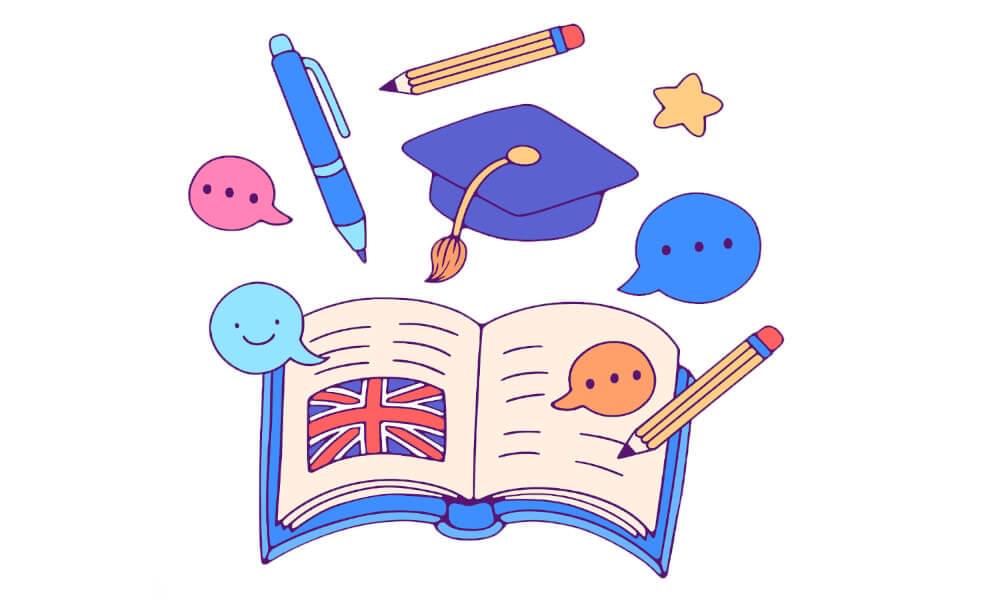
1. Create a study playlist
Whether you’re trying to learn vocabulary or grammar, you can create a playlist of songs or audio clips to help you study. For example, you can find pieces in the target language that use the vocabulary you’re trying to learn. Or, you can find audio clips of native speakers pronouncing words and phrases.
2. Make your flashcards
You can use audio to make your flashcards. For example, if you’re memorizing vocabulary, you can record yourself saying the word in the target language. Then, you can listen to the recording and try to guess the word’s meaning. It’s a great way to test yourself and see how well you know the material.
3. Take notes
Instead of writing down everything you hear, try recording yourself and taking notes. This way, you can listen to the lecture again if you need to. You can also pause the recording and add your comments or thoughts. It’s a great way to ensure you don’t miss anything important.
4. Practice speaking
Using text-to-speech in studies can be a great way to practice speaking if you’re trying to learn a new language. You can find audio clips of native speakers and try to mimic their pronunciation. Or, you can record yourself speaking and then listen back to see how well you did. This is a great way to get feedback on your pronunciation and practice speaking skills.
5. Listen to podcasts
Podcasts are another great way to make studying more enjoyable. They’re often more engaging than lectures and can provide you with new perspectives on the material you’re studying.
Podcasts are usually exciting and informative, but it can be tough to find the time to watch them all. Podcasts are helping people solve problems by curating the best and delivering them straight to their ears. So, whether you’re interested in hearing about the latest scientific discoveries or want to be inspired by a great storyteller, this podcast is worth checking out.
6. Listen to audiobooks

Audiobooks are a great way to improve your reading comprehension skills. You can follow along with the text and hear how the words are pronounced. They are often more engaging than reading a textbook and can also help you retain information better.
This is also a great way to enjoy a book if you don’t have time to read it yourself. The post-pandemic world is growing denser for busy schedules—one may not have the luxury of reading books in a cozy study room. Here, audiobooks serve the best role for you, keeping along with your schedule and letting you enjoy your read while you drive to work or the gym.
7. Use audiovisuals
Video can be a great way to make studying more fun. The instructors are instructed to create audiovisual content to engage their students in on-campus classes or online classes. The good thing is making audiovisual content is not much of a hassle anymore. Teachers or instructors are not much into making audiovisual content daily—advanced technology has them covered with their needs and worries. With incredible video editing tools, subtitle generation tools helping teachers translate their lessons and audio tools to convert the bulk of text-based lessons into audio lessons.
Using audiovisual content to engage students and giving them the best possible edge to be more productive is the luxury we can afford now. Hence, making online audiovisual lectures and YouTube educational videos has become a hassle-free job. It can help students stay focused and engaged and help them learn the material better.
Few more to tips on to go
Once you have audio content to learn from, the next step is finding a place to listen. If you’re listening while doing other things, consider investing in a good pair of headphones. It will help you block out distractions and focus on the material.If you’re just listening at your desk, any set of speakers will do.
Ensure they’re not too loud—you don’t want to damage your hearing! Now that you know how to use audio while studying, there’s no excuse not to give it a try. By incorporating audio into your study routine, you can actually make learning less of a chore—and who knows, maybe even start to enjoy it!



